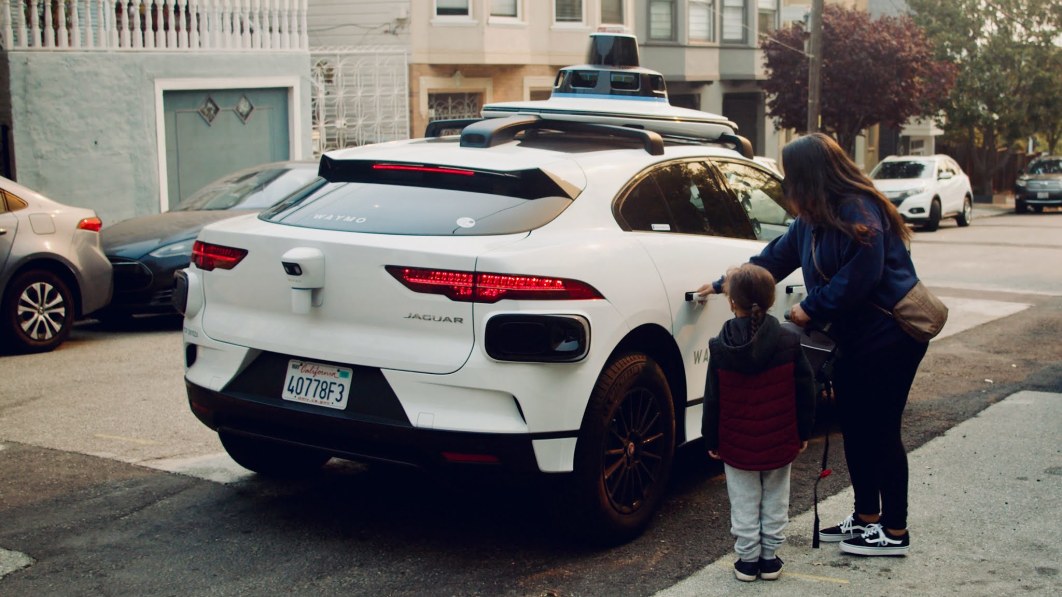Having grown up in Dallas, "flash floods" is the multiple time per year occurrence when a lot of water in a short time causes deep water, usually under a highway overpass, that people drive into and then die by drowning when their car gets carried away in the current. It happens repeatedly because people think it won't happen to them, and because the river of water really doesn't look very deep (and that's to a human, not a neural net).
Autonomous vehicles absolutely should "handle" flash floods. Maybe they simply decide "I'm designed for Arizona and we'll just power down until it stops raining", and maybe the flash flood is infrequent enough that this "handling" is done by a human operator at headquarters manually broadcasting that shutdown. Sure, they should eventually have enough smarts to evade it on their own. But to my mind, not "handling" flash floods means that you're oblivious to this and are willing to risk drowning your passenger by driving into what looks like a puddle.




